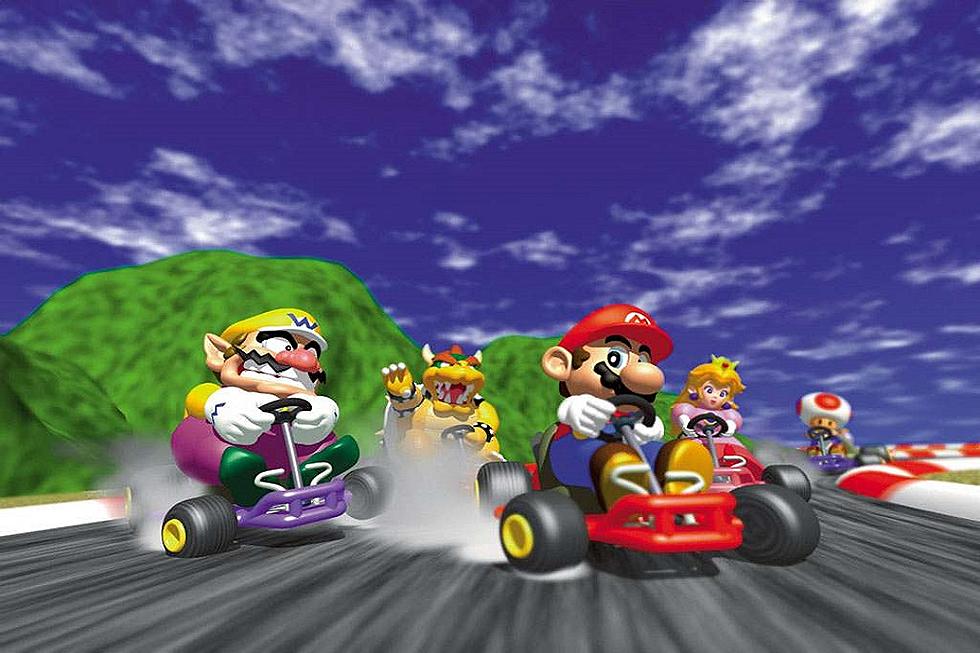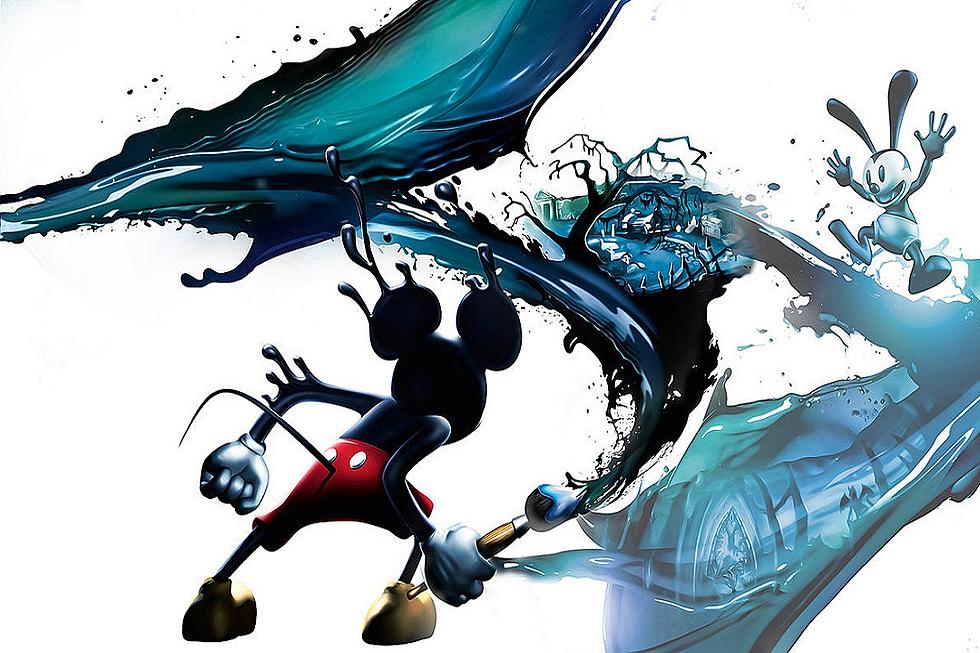
Halo 3: Giving a Conclusion to a Legacy
Capping off an arc of a long running and beloved story is no easy task. How do you go about finishing a story with the same strength that you began it? For every story, it’s a question that eventually demands an answer. That’s where Bungie found themselves with the creation of Halo 3. Halo came into the gaming community, taking it by storm with its high-octane, gun fighting gameplay and active storytelling. Halo 3 had the unenviable task of ending an era and bringing years of plot points and build-up to a close befitting of the legendary series. On September 25, 2007, players and fans in North America took the final steps in the journey to put an epic end to the original war between Master Chief, humanity, the Flood and the Covenant.
Bungie began conception of Halo 3 even before Halo 2 was released in 2004. While much of the team spent time creating content for Halo 2, a few key members were set aside to begin the arduous foundation for the current arc’s conclusion. Once full attention was given to the project, the multiplayer and single-player ends of Halo 3 were actually divided into two entirely separate game builds. The purpose behind this was to allow playtesting and debugging to run easier due to the fact that programmers would have to deal with far less code in two files than one enormous one. It made the process of smoothing Halo 3 out for delivery a much simpler one.
The story of Halo 3 comes together as the Covenant forces make one last run to activate the Halos located throughout the galaxy, which will wipe out all sentient life when fired. Master Chief, Cortana, Sergeant Johnson and the human forces are joined by the Arbiter and the rest of the former Covenant Elite after they discover what the Halos do. Master Chief and the Arbiter move to finally put an end to both the Covenant and Flood threats once and for all in a brutal campaign that takes them from Earth across the far reaches of the galaxy.
Outside of its place as the conclusion of the original story arc, Halo 3 is also notable for having some of the most intense marketing ever given to a video game. In order to reach out to players well beyond the regular Halo fanbase, Microsoft spent in excess of $40 million on a campaign to sell the game to everyone from the casual to the hardcore. Developer documentaries were created and release and a large-scale multiplayer beta allowed hundreds of thousands of players a chance to try the game for themselves. Furthermore, this campaign saw the release of the famous “Believe” trailer, which showcased an incredible real-world diorama of a hectic and brutal battle between human and Covenant forces.
Microsoft’s campaign led to Halo 3 to be an incredible success and is often cited as one of the turning points in video games taking on a greater role in mainstream media. The game sold 4.8 million units and made over $170 million in the first week of the game’s release against a budget of $60 million. Halo 3 was the best selling Xbox 360 game up until Kinect Adventures dethroned it in 2010, and later Grand Theft Auto V in 2013. Moreover, it marked the end of Master Chief’s journeys under the original hands of Bungie, giving a thrilling conclusion to a story adulated by millions of fans around the world. The story may have continued under different hands, but for what it was worth, Bungie gave Master Chief’s tale the ending it deserved while it was theirs to create.
More From Arcade Sushi
![Destiny 2 Strike Hands-On: Digging Into The Inverted Spire [Preview]](http://townsquare.media/site/550/files/2017/05/destiny-2-strike.jpg?w=980&q=75)
![Destiny 2 Campaign Hands-On: The Cabal Crash Homecoming [Preview]](http://townsquare.media/site/550/files/2017/05/density-2.jpg?w=980&q=75)







